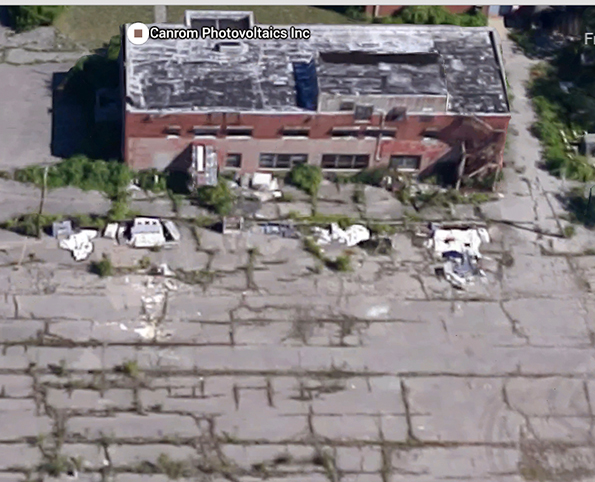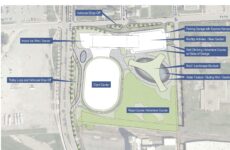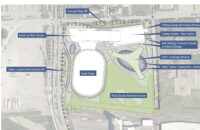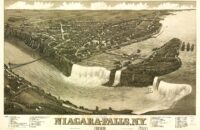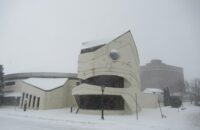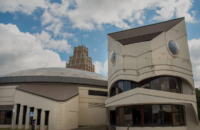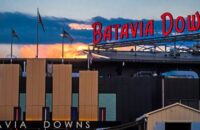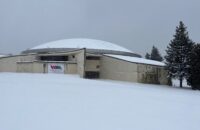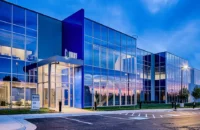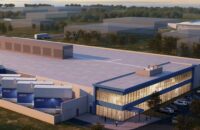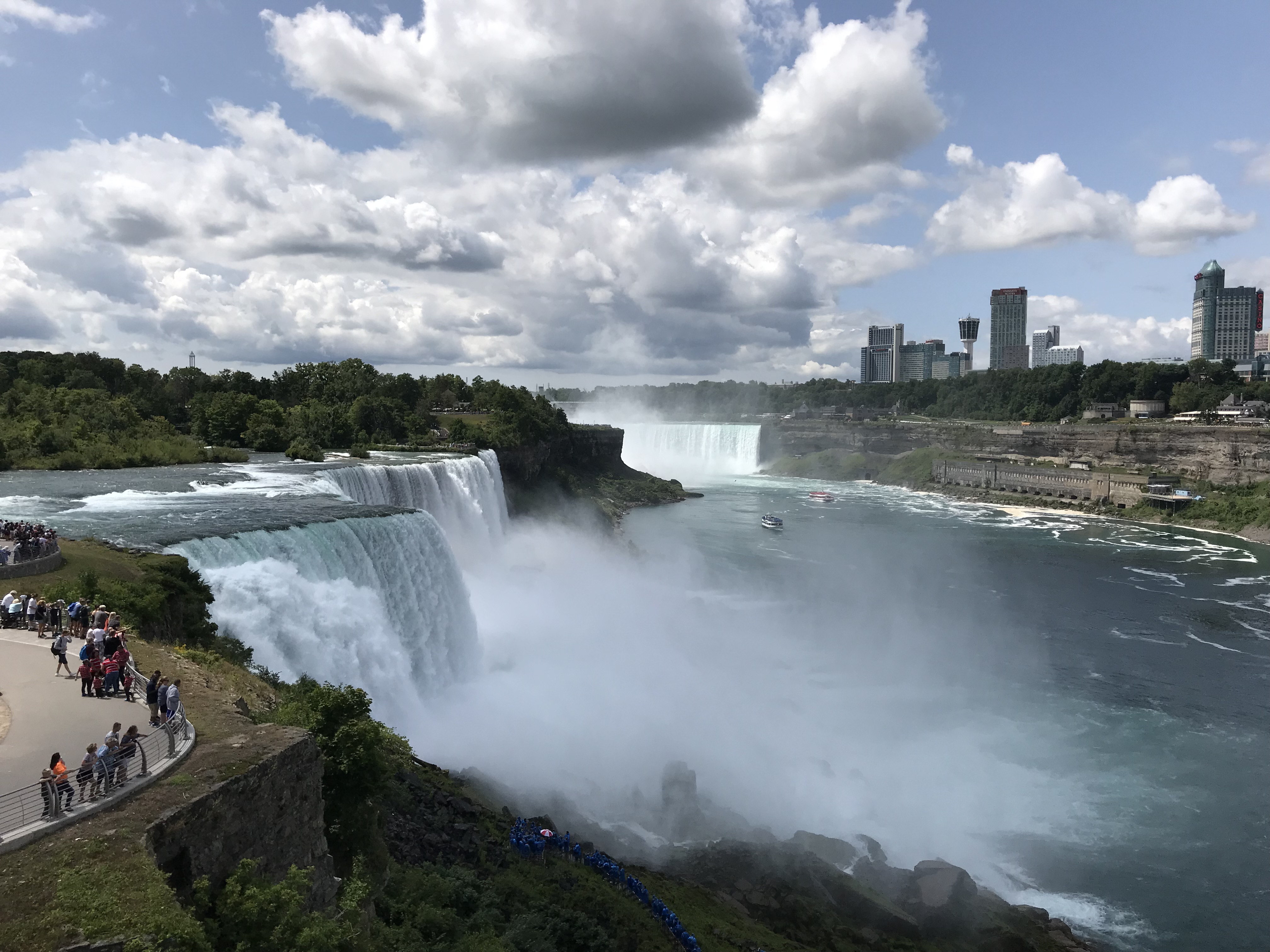The company at the center of Gov. Andrew Cuomo’s “Buffalo Billion” initiative and the stated reason Niagara Falls Mayor Paul Dyster and city Planner Tom DeSantis spent $165,000 of taxpayers’ money on a largely worthless piece of property on Highland Avenue is in serious financial difficulty, and analysts say that the long term prospects of SolarCity – the nation’s largest producer of solar panels – are bleak.
The company’s fourth quarter report, released earlier this month, showed a total loss of $710 million for 2015.
SolarCity stock prices plummeted on the news, bottoming out at $17.38 and as of press time was up slightly at $18,90, down from a high of $82 a share when Cuomo announced the “Buffalo Billion” initiative in 2014.
Analysts said freefalling oil prices due to a strong dollar and relative stability in the Middle East — combined with the fact that Solar City and other heavily subsidized companies like it were never forced to develop much of a business plan in the first place – are responsible for the sudden reversal.
“SolarCity, the nation’s largest provider of rooftop systems, is but the most visible of a cluster of companies, built with the aid of government subsidies and utility incentives, now facing deep uncertainties, despite unflagging consumer interest and surging growth in renewable energy,” the New York Times reported.
“Solar panels have been around for decades, but the businesses and methods that have propelled their fast spread across rooftops in the last five or six years are still new and untested. Many of the assumptions that underpin the financial models are far from certain, analysts and experts say, and as market conditions, public policies and technologies evolve, the risks are becoming more evident,” the article concluded.
That’s bad news for Cuomo.
In 2014, Cuomo took the extraordinary step of committing an historic $1 billion investment in the Buffalo area economy that he said would create thousands of jobs and spur billions in new investment and economic activity over the next several years. This $1 billion commitment to economic excellence has the potential to set a new growth trajectory for jobs and the regional economy, Cuomo claimed.
The centerpiece of the initiative would be the SolarCity “GigaFactory” at Riverbend, a facility that, it was claimed, would employ 3,000 workers at a cost of $750 million in state investment.
In a separate announcement last week, SolarCity officials said that, even though the plant will be ready to open this fall, production is being postponed until the summer of 2017.
Officials said the reason for the delay was longer-than-expected delivery times for manufacturing equipment. But Jim Heaney of the website Investigative Post has openly speculated that finances are an issue in the delay.
In Niagara Falls, Dyster spent $165,000 of taxpayers money for a 5.5 acre brownfield on Highland Avenue that had an assessed value of just $75,000. The sole reason given for the purchase was the possibility of “spinoff” from theSolarCity project.
“With SolarCity coming online shortly, it will create a lot of demand for shovel-ready, industrial development sites,” he said. “The real purpose here is to convert, to regenerate those lands, those acres of former industrial property into property that actually becomes performing.”


